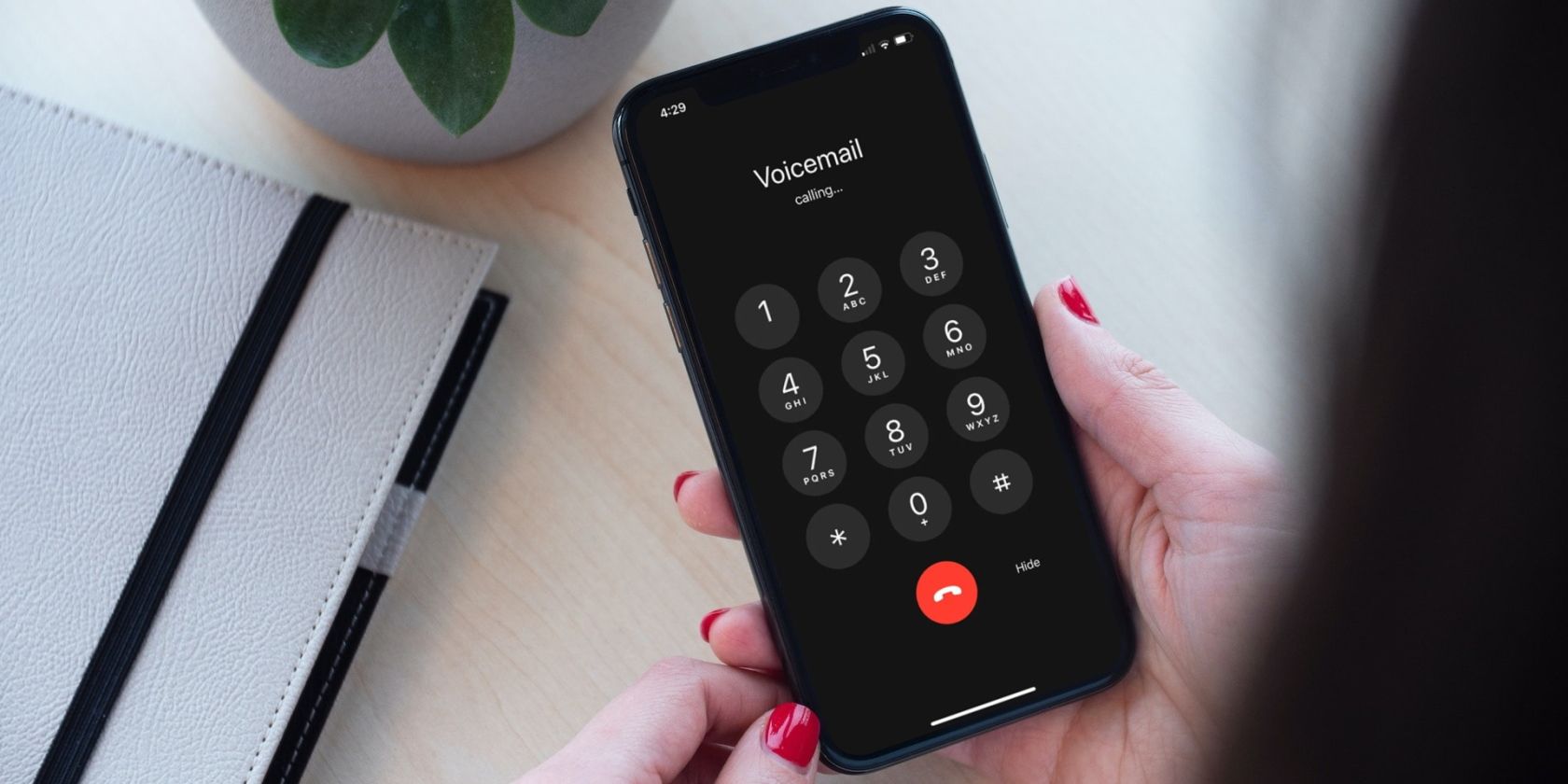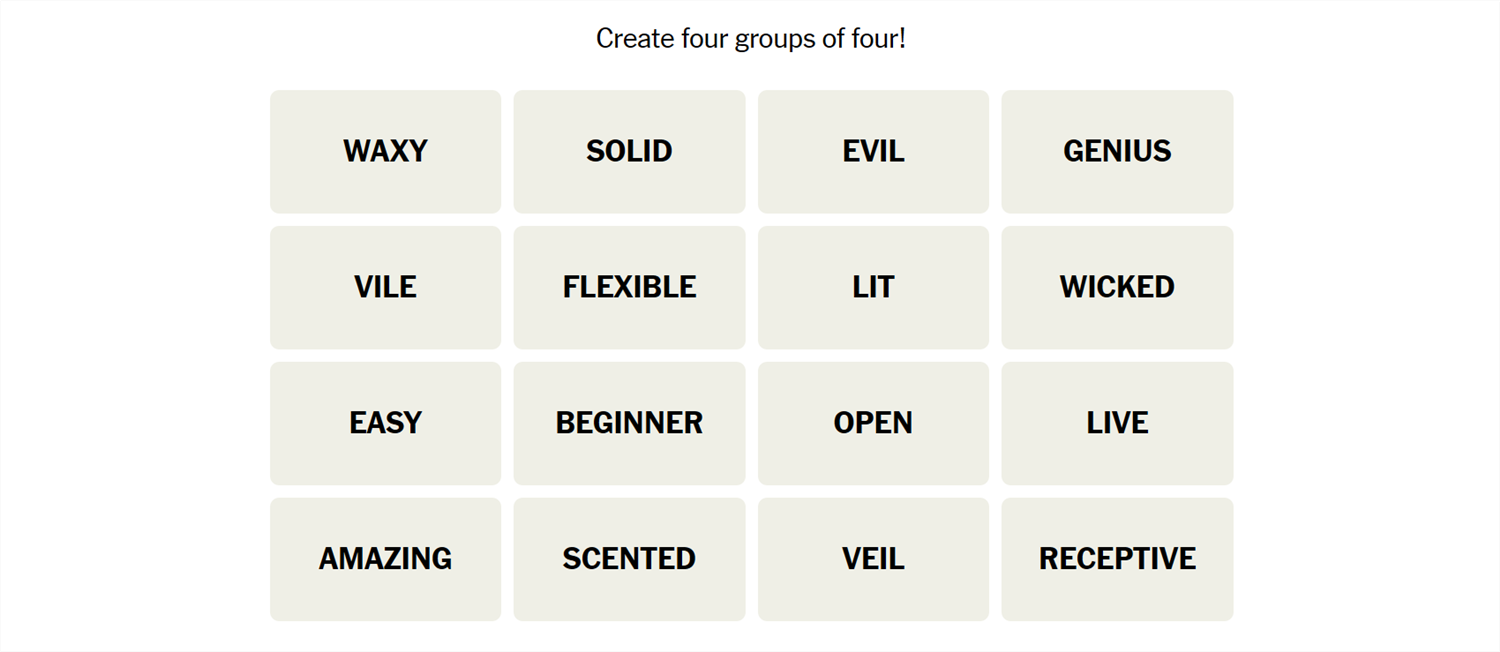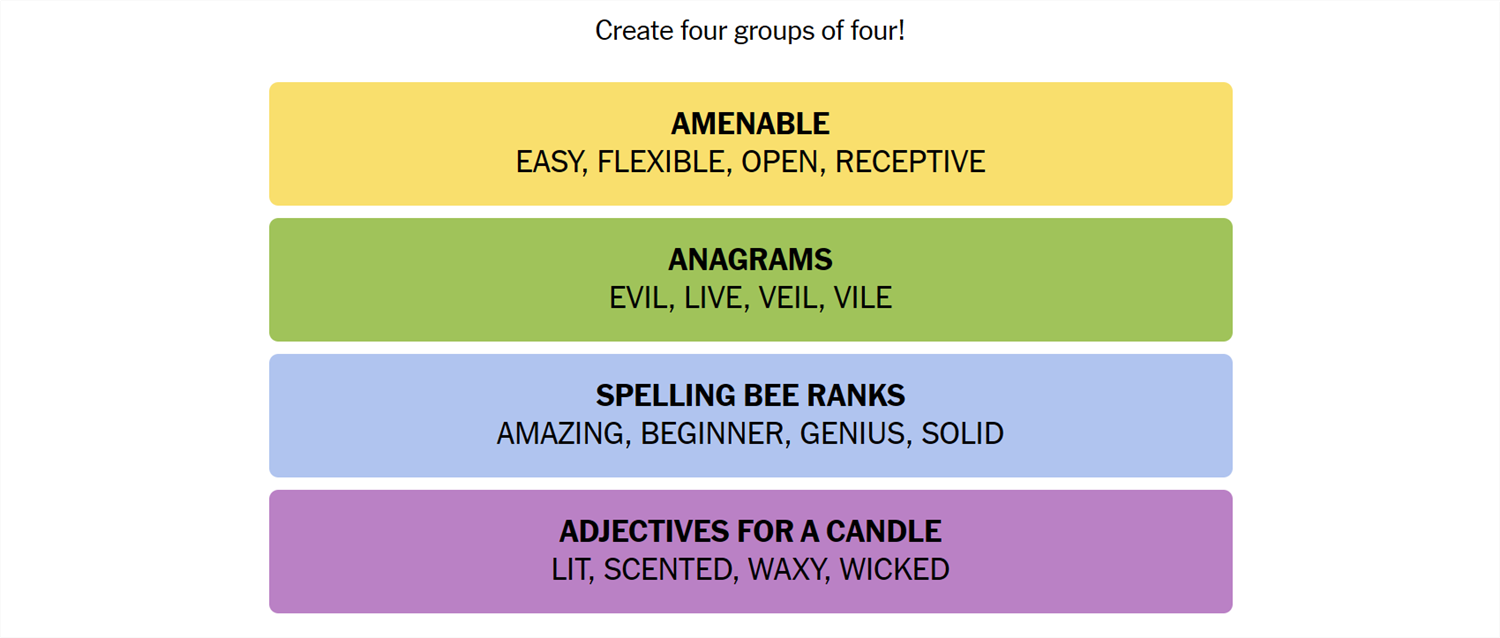
May 28 Insights: Uncovering Clues & Answers From Today's New York Times Edition #352

May 28 Insights: Uncovering Clues & Answers From Today’s New York Times Edition #352
Quick Links
- What Is Connections?
- Hints for Today’s Connections Groups
- Today’s NYT Connections Answers
- How Did We Solve This Connections Game?
- How Do You Guess Connections Groups?
Connections is a game from the New York Times that challenges you to find the association between words. It sounds easy, but it isn’t—Connections categories can be almost anything, and they’re usually quite specific. If you need a hand getting the answers, we’ve got you covered.
What Is Connections?
Connections is a game from the New York Times. The objective is simple: sort 16 words into groups of 4. Each group of words will be connected by some common idea or theme. That common element could be anything. We have seen everything from games that rely on the number of letters in the words to categories that require you to spot an extra letter at the end of the word. Sometimes they’re references to economics, other times they reference fairy tales. There is no telling what sort of association there will be between words.
Once you’re confident you understand the connection, select 4 words, then hit “Submit.” You have only four attempts in total, so don’t be too guess-happy.
Hints for Today’s Connections Groups
Here are a few hints for the 352nd Connections game to get you started:
- Yellow: Agreeable
- Green: The order matters.
- Blue: Can you use the word in a sentence?
- Purple: They used to be made of tallow.

If you still need help, the actual group names are:
- Yellow: Amenable.
- Green: Anagrams.
- Blue: Spelling Bee Ranks.
- Purple: Adjectives for a Candle.
Today’s NYT Connections Answers

Amenable (Yellow):
Easy, Flexible, Open, Receptive
Anagrams (Green):
Evil, Live, Veil, Vile
Spelling Bee Ranks (Blue):
Amazing, Beginning, Genius, Sound
Adjectives For a Candle (Purple):
Lit, Scented, Waxy, Wicked
How Did We Solve This Connections Game?
May 28th was tougher than yesterday’s game and harder than average.
The first group I spotted was Yellow, “Amenable.” Open and receptive can be synonyms when used in the context of “open to an idea.” Easy and flexible are also vaguely related to that idea, as in “being open to spontaneous plans”, or “having a flexible schedule.” They were similar enough to risk a guess, and it worked out.
Amazing and genius seem like they should be together, but none of the other words fit well. Lit might fit, as in “That party was totally lit,” but it seemed like a stretch. I toyed around with a few other words, but literally nothing seemed to fit so I moved on.
Lit, scented, waxy, and wicked are all terms that could apply to a candle, so that seemed like a fair bet. Purple was “Adjectives for a Candle.”
With only 8 words left, something odd struck me about evil, live, veil, and vile: they all have the same letters. There was just no way that was a coincidence, so I threw them together in a group. Green was “Anagrams.”
That left amazing, beginning, genius, and sound. Try as I might, I couldn’t see the connection. It turns out that Blue was “Spelling Bee Ranks.” That will be a tough one for anyone that has never participated in a spelling bee.
How Do You Guess Connections Groups?
There is no quick, reliable way to approach Connections like there is with Wordle, since Connections isn’t algorithmic. However, there are a few things to keep in mind that can help.
- Look for similar parts of speech. Are some words verbs and others nouns? Are some adjectives? Try mentally grouping them based on those categories and see if any other patterns jump out at you.
- Are the words synonyms? Sometimes categories will just be synonyms for a phrase, or very close to synonyms. Don’t rely too closely on this, though. Occasionally, Connections will deliberately throw in words that are sometimes synonyms to mislead you.
- Try saying the words. Sometimes, saying the words helps. One puzzle we saw included the words go, rate, faster, clip, pace, speed, move, commute, and hurry—all of which are obviously related to the idea of motion. However, when you say them, it becomes a little more obvious that only four (go, move, hurry, faster) are things you’d actually say to prompt someone to get moving.
- Expect the red herring . Connections usually has words that could be plausibly, yet incorrectly, grouped together. Take the words Bud, Corona, and Light, as an example. You might instinctively see those three words together and assume they’re lumped together in a category related to beer—but they weren’t.
- Look for distinct words. If a word on your board doesn’t have multiple meanings or can really only be used in one context, try using that word as the basis for a category.
- Shuffle the board. Sometimes, moving words around will help you look at them in new ways.
If you didn’t solve this one, don’t feel too bad—there’s always tomorrow! And those words may align with a topic you’re interested in, giving you a leg up on the competition.
Also read:
- [New] Synchronized Intro Editing Across All Your Devices This Year
- [Updated] Top Essentials for Enhanced UAV Functionality
- [Updated] Top Funny Image Processing App
- 2024 Approved An Introduction to Simple and Effective HDR Methods
- 2024 Approved Artful Alterations Crafting Distorted Images to Dazzle
- 2024 Approved Streamline Photos via iPhone Size Adjustment
- 2024 Approved Streamlining Skype Calls with Advanced Zoom Use
- 2024 Approved Tale Bearers School - Distinguished Dothee
- 2024 Approved Unleash Potential with Latest Windows 10 Apps and Games
- Audio Allies The New TikTok Trend
- Download the Newest Dolby Sound Driver for Windows 11, 10 & 8.1 – Free Updates Now Available
- In 2024, AddROM Bypass An Android Tool to Unlock FRP Lock Screen For your Samsung Galaxy F15 5G
- Quick Fix Bring YouTube Music to Your iMovie Projects for 2024
- Stealthy Snapchat Recording Methods: How to Do It Without Alerting the Other Party
- The Interface Interlink Bridging IG & TikTok Worlds for 2024
- Unlocking YouTube’s SRT Files Three Easy Methods for 2024
- Unveiling YouTube's Complex View Count System
- YL Software Unveils the Secrets of Leveraging Blockchain for Business Growth
- ブータブルUSBでSamsungデータ移行の効果的な方法
- Title: May 28 Insights: Uncovering Clues & Answers From Today's New York Times Edition #352
- Author: Mark
- Created at : 2024-12-21 16:11:39
- Updated at : 2024-12-24 19:20:32
- Link: https://some-guidance.techidaily.com/may-28-insights-uncovering-clues-and-answers-from-todays-new-york-times-edition-352/
- License: This work is licensed under CC BY-NC-SA 4.0.